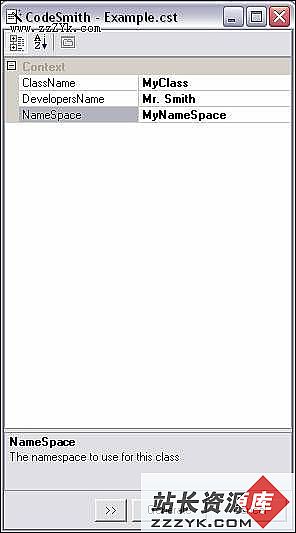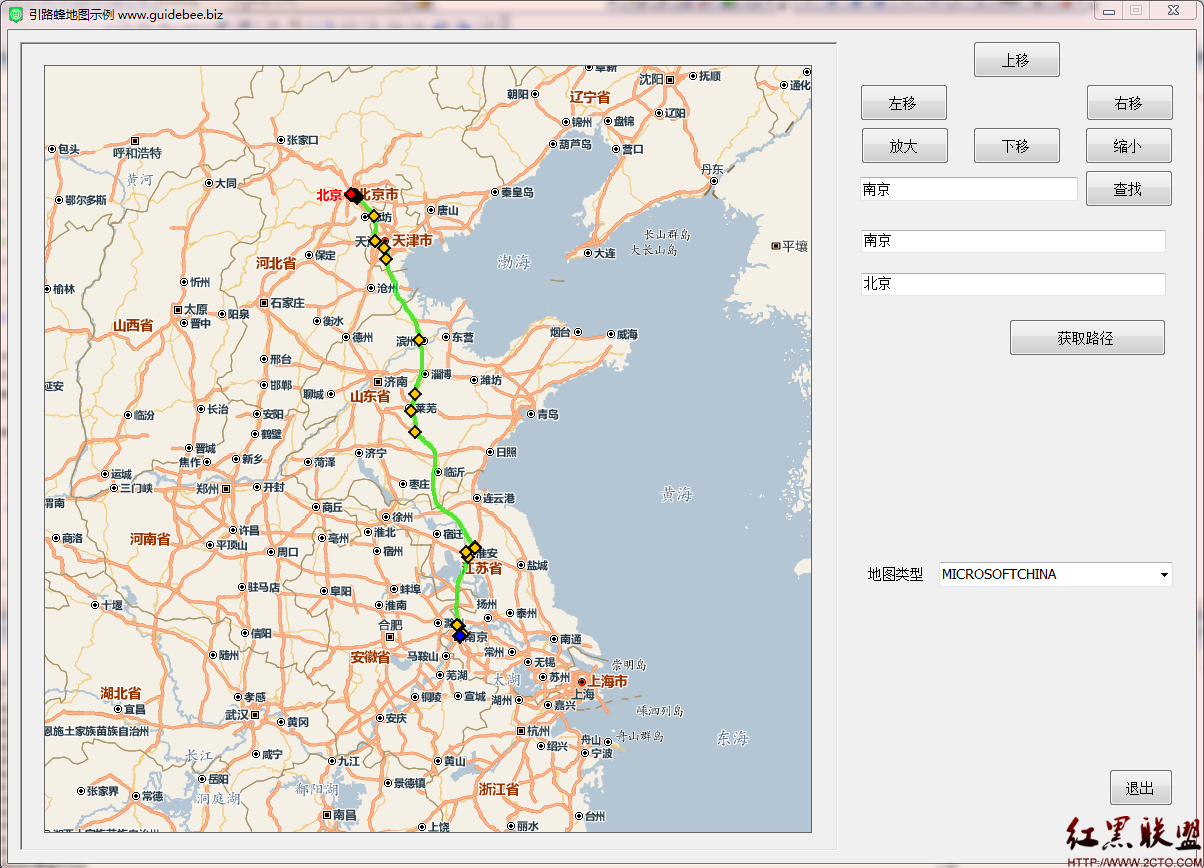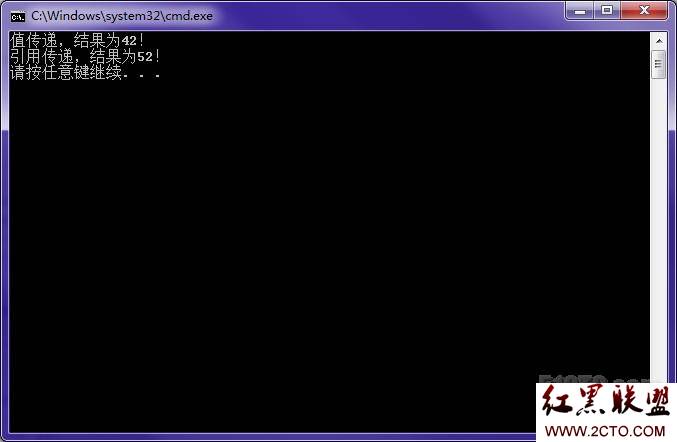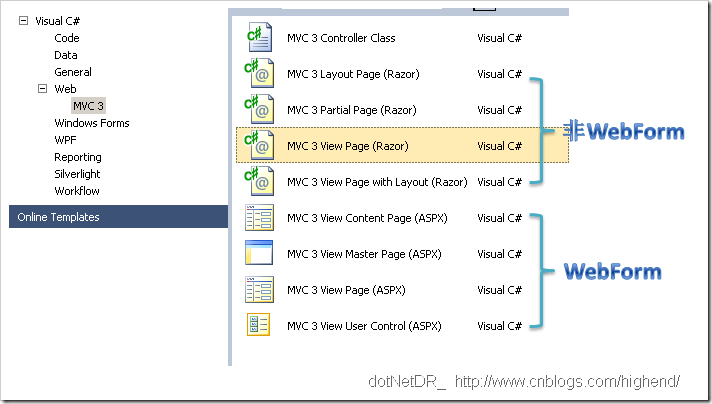当前位置:编程学习 > asp >>
答案:在访问管理页面之前必须经过身份验证。本实现中我们用图3所示的secure.htm页面供管理员输入身份识别码,若用户输入值非空则用Cookies来保存它。执行管理任务的页面是admin.asp,每当用户试图访问这个页面,下面的代码将检查这个Cookies与用户身份识别码(这里是123456)是否匹配,如匹配失败则将该用户重定向到输入身份识别码的secure.htm页面。
【图3 ASPMailingList_3.gif】
< %
strPW1 = Request.Form("txtPW")
if strPW1 < > "" then
Response.Cookies("PassWord") = strPW1
end if 'strPW1 < > ""
strPW2 = Request.Cookies("PassWord")
If strPW2 < > "123456" Then
Response.Redirect("secure.htm")
End if 'strPW2 < > "123456"
%>
一旦管理员的身份验证通过,他们能够通过Admin.asp执行的操作包括:
查看Guests表中的所有记录
编辑或
删除指定的记录
向所有邮件列表中的用户发送邮件
管理页面admin.asp如图4所示。显示Guests表的记录时先从数据库提取这些记录,然后使用一个For Each ... Next结构遍历记录集的字段集合,提取字段名字并设置表格的表头。在这个页面中我们不再显示Guest_ID字段,但每个用户记录的前面都加上了一个“删除”和“编辑”功能的链接。用户名字字段Guest_Name与邮件字段Guest_Email被转换为mailto链接,单击名字可以单独向该用户发送邮件。其它要格式化的字段还包括是否发送邮件(Mail_List)以及用户留言(Guest_Comment)。生成表头的代码为:
【图4 ASPMailingList_4.gif】
' 从数据库选取记录
strSQL_Select = "SELECT Guests.Guest_ID, Guests.Guest_Email, " & _
" Guests.Guest_Name, Guests.Mail_List, " & _
" Guests.Guest_Comment, Guests.Sign_Date " & _
" FROM Guests ORDER BY Guests.Guest_Name; "
Set oConn=Server.CreateObject("ADODB.Connection")
oConn.Open strDSNPath
Set rsGbook = oConn.Execute(strSQL_Select)
if rsGbook.BOF = True and rsGbook.EOF = True then
...数据库空提示,略...
else
rsGbook.MoveFirst
%>
< table BORDER="0" cellpadding="5" cellspacing="2" align="center">
< tr>
< % for each Head in rsGbook.Fields
if Head.Name = "Guest_ID" then %>
..."删除"与"编辑"表头,略...
< % else %>
< td VALIGN="middle" align="center">< font face=Arial size=2>
< % select case Head.Name
case "Guest_Name"
Response.Write "名 字"
case "Mail_List"
Response.Write "邮件列表"
case "Guest_Comment"
Response.Write "留 言"
end select
%>
< /font>< HR>< /td>
< % end if 'Head.Name = "Guest_ID"
next %>
< /tr>
为在表格的其余位置显示用户注册记录,我们用两个嵌套的循环遍历所有记录的所有字段,即在一个Do While ...循环里面嵌入一个For Each ... Next 循环。数据的格式化工作放在For Each ... Next循环内。其实现代码类如:
< % Do While Not rsGbook.EOF %>
< tr>
< % For Each Field in rsGbook.Fields
if Field.Name = "Guest_ID" then %>
< td VALIGN="middle" ALIGN="center">
...删除功能的链接,略...
< /td>
< td VALIGN="middle" ALIGN="center">
...编辑功能的链接,略...
< /td>
< % else %>
< td VALIGN="middle" align="center">
< % if isNull(Field) then
Response.Write " "
else
if Field.Name = "Guest_Name" then
Response.Write ...用户名字的mailto链接,略...
elseif Field.Name = "Mail_List" then
...输出"是"或"否",略...
elseif Field.Name = "Guest_Comment" then
...输出用户留言,略...
end if 'Field.Name
end if 'isNull(Field)%>
< /td>
< % end if 'Field.Name = "Guest_ID"
Next
rsGbook.MoveNext %>
< /tr>
< % loop %>
< /table>
现在我们已经把数据库记录显示在表格中了。单击表格中的图形链接可以访问edit_record.asp和delete_record.asp,这两个文件分别提供记录的编辑和删除功能。首先我们来看看删除功能的实现:
< %
iGuestID = Request.Querystring("ID")
if iGuestID < > "" then
'从数据库删除由ID标识的记录
strSQL_Delete = "DELETE FROM Guests " & _
" WHERE Guest_ID=" & iGuestID
Set oConn = Server.CreateObject("ADODB.Connection")
oConn.Open strDSNPath
on error resume next
oConn.Execute strSQL_Delete
oConn.Close
Set oConn = Nothing
if err.number < > 0 then
Response.Redirect("admin.asp?Error_Del=True")
else
&n
上一个:ASP Call Crystal Report with Store Procedure(4)
下一个:制作我们自己的Ebay(拍卖系统EN) - Considerations - Page 8
- 更多asp疑问解答:
- asp正则过滤重复字符串的代码
- 用asp过滤全部html但保留br类似的符号
- 会asp,但感觉asp要过点,想学php。但我一般做的都是小公司的站,用access数
- PHP的空间可以用ASP的源代码吗?
- 以前做asp程序,现在应该怎样发展?是学.net还是php
- 以前做asp程序,现在应该怎样发展?是学.net还是php
- 想做一个市级的人才网acess,sql数据库,语言asp,jsp,php分别用哪种好
- jsp,asp,php 区别
- 我想找一个有比较多漏洞的网站的源码,比如可以asp,php注入等都可以。供学习研究用。请提供下载地址。。
- 现在候找人做个网站,用ASP,还是PHP语言去做好
- asp,php ,jsp,.net 对于做网站前台的重要吗?
- asp和php的区别是什么?
- 我是新手SEO菜鸟 请问wp dw php asp cms myspl dede 这些软件应该如何区分呀?
- 网页制作相关的三种语言:ASP JSP PHP那个好点,简单点?
- 网页制作相关的三种语言:ASP JSP PHP那个好点,简单点?





